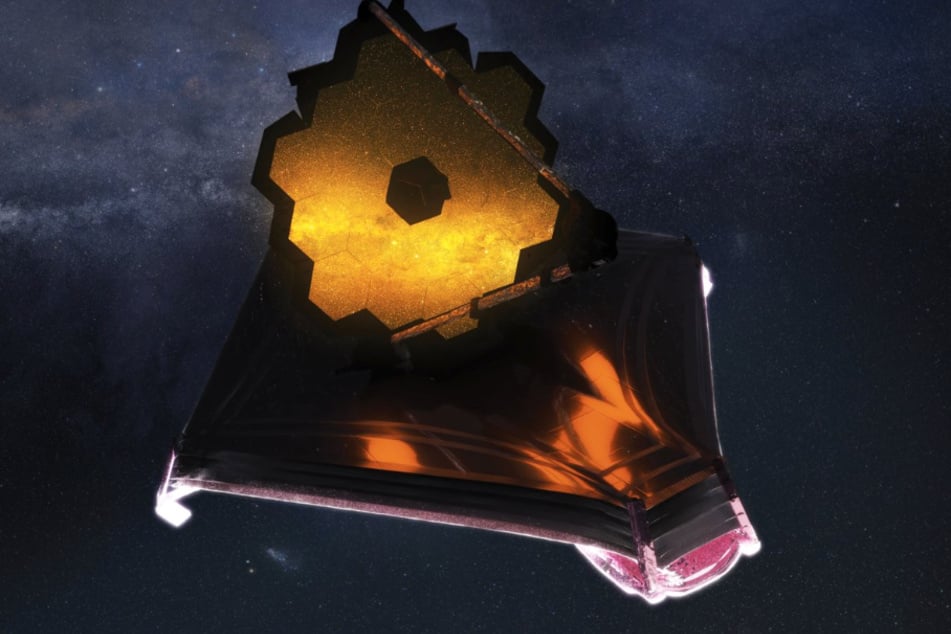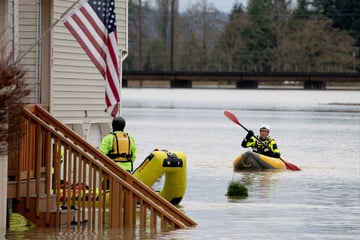NASA's James Webb Space Telescope hit by a tiny meteoroid
Washington DC - The James Webb Space Telescope, the most powerful space telescope ever built, was hit by a "dust-sized micrometeoroid" in May.

The micrometeoroid hit a primary mirror segment of the telescope between May 23 and May 25, NASA said on Wednesday.
It added that the telescope was still "performing at a level that exceeds all mission requirements despite a marginally detectable effect in the data."
The mirror was "engineered to withstand bombardment from the micrometeoroid environment at its orbit around Sun-Earth L2 of dust-sized particles flying at extreme velocities," NASA continued.
"With Webb's mirrors exposed to space, we expected that occasional micrometeoroid impacts would gracefully degrade telescope performance over time," said Lee Feinberg, the agency's optical telescope element manager.
He revealed that the telescope sustained four smaller "measurable micrometeoroid strikes," but the late May one was "larger than our degradation predictions assumed."
Images from the James Webb coming soon
The James Webb telescope was launched into space on December 25 aboard an Ariane launcher from the European spaceport Kourou in French Guiana, nearly two years later than originally planned. It took about 30 years to develop and cost about $10 billion, making it a big upgrade on the Hubble telescope, which has been in use for more than 30 years.
Scientists hope the James Webb images will provide insights into the time after the Big Bang, about 13.8 billion years ago.
According to NASA's Twitter post reporting the damage to the telescope, the first images from the telescope will be released on July 12.
Cover photo: screenshot/ Twitter NASA
